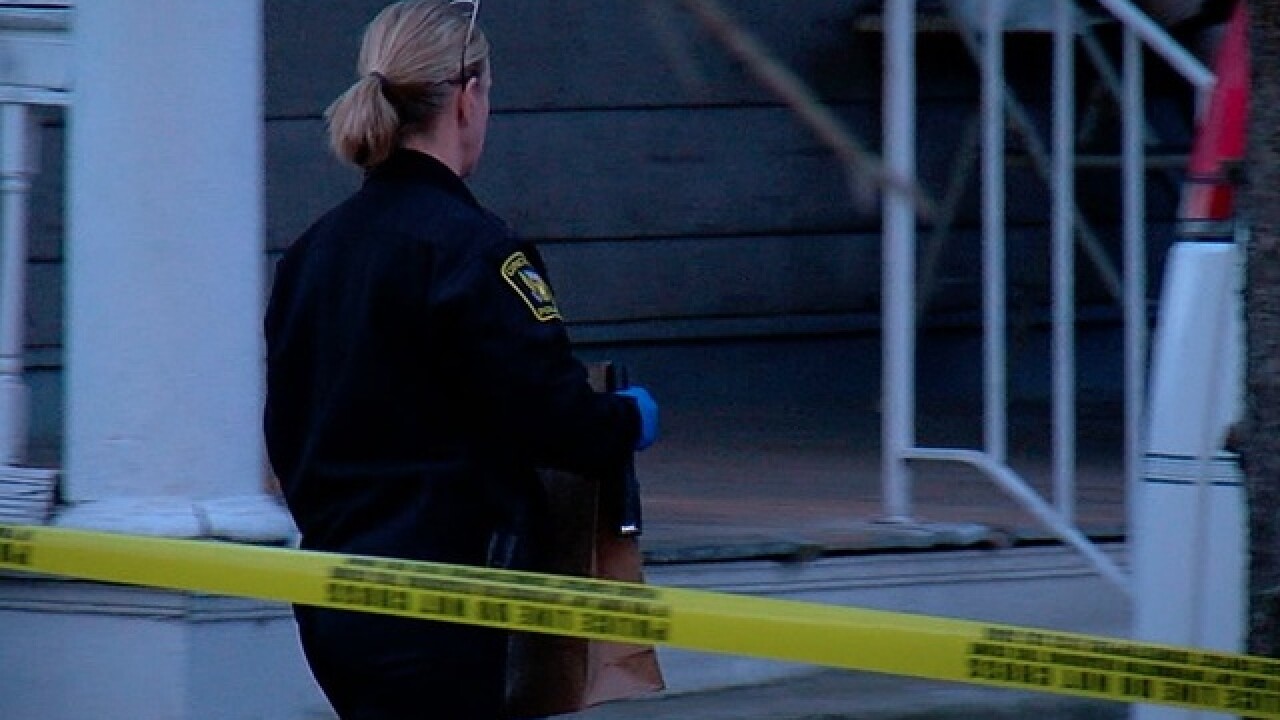CINCINNATI – The city of Cincinnati’s arrest rates for homicides show two troubling trends, according to a statistical analysis by the Washington Post.
Cincinnati’s arrest rate has been declining since 2010, when it was 60 percent, according to Post data. It has been roughly at a 49 percent average over the last five years – a drop of about five percentage points from the previous six years.
SCROLL through the map to see all the Cincinnati data.
In addition, the data show there is a racial disparity in Cincinnati's homicide arrest rate – with a much higher rate of arrests when the victim is white. About 80 percent of homicides involving a white victim resulted in an arrest while about 50 percent with a black victim resulted in an arrest, according to Post data.
The Post's interactive map shows Cincinnati has a high concentration of homicides and high arrest rates in the following areas: Downtown, Clifton Heights, Pendleton, Walnut Hills, Avondale and Lower Price Hill. Low arrest areas appear to include Over-the-Rhine, West End, Corryville, North Fairmount, South Fairmount and Northside.
Cincinnati police review homicide trends each week, Cincinnati Police Lt. Steve Saunders said in the Post report.
“The Cincinnati Police Department conducts weekly meetings to review our current and past trends, and we always look at our homicides within this review process," he said. "One of the things that a map of this nature does not show is relationships between victims/offenders and how some of these crimes may be interconnected.”
The Post said its data is based on 52,179 homicides in 50 cities between 2007 and 2017. In Cincinnati, 56 percent of the 694 homicides resulted in an arrest, according to the Post. That's seven points higher than the national average for that 11-year period.
Cincinnati police attributed their closure rate to the Homicide Unit, community support and Crime Stoppers.
The Post identifies Chicago (30 percent) and Baltimore as cities where murder is common but arrests are rare. In contrast, Richmond (70 percent) and Atlanta have high arrest records.
There are 17 cities where killings have spiked over the past decade but where police now make fewer arrests. One is Indianapolis, where only 64 of the 155 criminal homicides last year resulted in an arrest.


